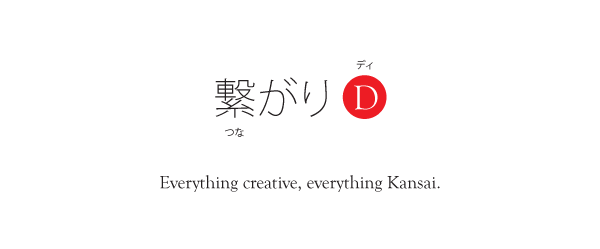

In autumn, Nanzenji and the area around is a good place to visit and a recommended seasonal getaway.
Though the crowds flock there, the size of the grounds keep things from getting claustrophobic, and it is beautiful. If you've got a day to play with, you can fit a good deal of things in your afternoon in this area of Kyoto: There's Nanzenji, Eikando, The Philosopher's Walk, and that will take you up to Ginkakuji, which should tire you out enough. I've written about Eikando in a previous blog entry (
here), so I'll just make a few notes on the other 3 places.
Hundreds of years ago (1264, to be exact) Emperor Kameyama built a palace which he later changed into the temple, Nanzenji, in 1291. The grounds are spacious, providing plenty of room for the throngs so nobody gets hurt.
The main pavilion was originally used by the master priest and for a small entrance fee you can see the Hojo Hall, originally built and donated by Hideyoshi Toyotomi. Within the hall is the Hojo Garden, famous for it's simplicity, refinement and dignity. The place boasts National Treasures in the form of buildings, objects and artwork.




Though Nanzenji became a temple, part of the original palace gardens remains though, (along with some of Kameyama's ashes) and is now called Nanzenin. Typical of the gardens constructed at the end of the Kamakura era, it has a pond and lanes for strolling, ideals for appreciation and a calm mind. And smashing photos.




A nice breezy walk from Nanzenji is The Philosopher's Walk, so named after Kitaro Nishida, a prominent Japanese philosopher, who used it for his daily meditation. During autumn it can become a little crowded, but never enough to make you regret going. The walk follows a little river that winds it's way along the base of the mountains, and is dotted with a mixture of maple and cherry blossom trees, making for a good spot to visit in the spring as well.
Nanzenji, Eikando and The Philosopher's Walk are a good group of things to do for a bit of a lenghty stroll on an autumn afternoon, perfect for getting out and seeing Kansai a bit.























































